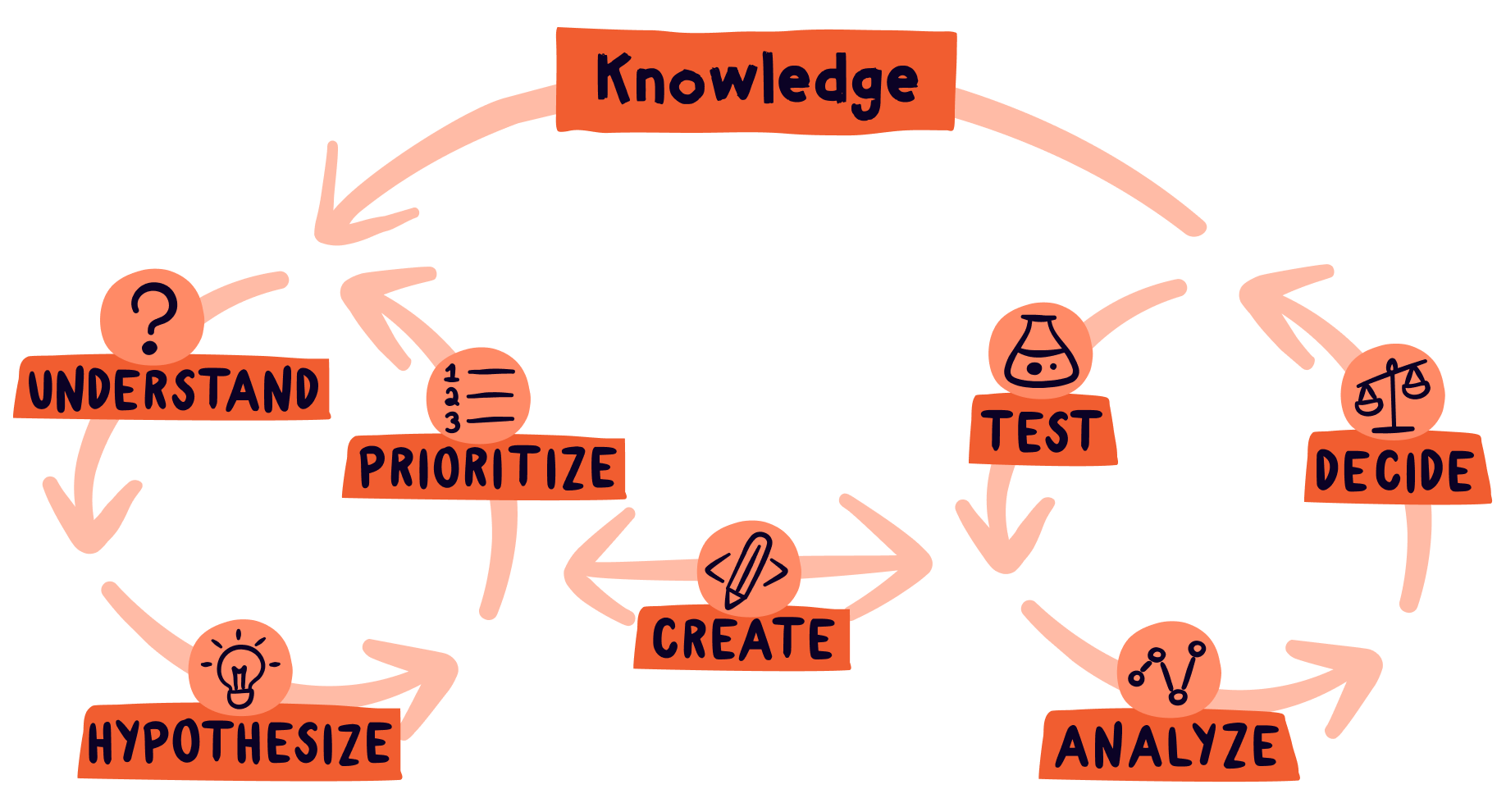Design for Impact
Your Guide to Designing Effective Product Experiments
Design for Impact features the Conversion Design process to help you and your team drive business growth. In it, Erin Weigel gives you practical tips and tools to design better experiments at scale. She does this with self-deprecating humor that will leave you smiling—if not laughing aloud.
The Good Experimental Design toolkit in the appendix presents everything you learn into step-by-step process for you to use each day.
Bonus! Get a FREE sticker when you order through this webshop.
€ 39,99 incl. VATAdd to cart
*This webshop serves EU customers only.
Or buy the book directly from my publisher at Rosenfeld Media.
4.9 average rating on Amazon
![]()
"Lots of examples, tips and tricks, but well organized and written, so it's easy and engaging to read. Even complicated topics are explained in easy language."
– ajk on Amazon
![]()
![]()
"Erin Weigel has crafted a guide that is both informative and inspirational, making it an essential addition to any experimenter's library."
– Kelly on Amazon
![]()
![]()
"I think is worth a second read and use a highlighter! SO many good points and ideas to put into action."
– Eloise on Amazon
![]()
![]()
"An essential resource for product managers, designers, and engineers who aim to create meaningful, impactful products through systematic experimentation."
– Jacob on Amazon
![]()
About Design for Impact
Opinion-based product design and development decisions are woefully ineffective.
“Design for Impact” gives you the science-backed tools you need to move beyond opinion and drive growth through experimentation. Packed with practical A/B testing advice and some hilariously instructive anecdotes, “Design for Impact” guides you through the entire Conversion Design process.
The Conversion Design process combines design, science, and business. Design by way of human-centered problem solving. Science by way of the scientific method. And business by way of value creation and transfer to stakeholders within the eco-system.
Conversion Design

Unlike other design processes, which are based on linear thinking, Conversion Design is based on systems thinking. Systems thinking, is a practice and set of tools that helps you understand and capture things in a dynamic and interconnected way. With it, you can represent and understand the world around you more accurately to make optimal decisions in the face of complexity.
Systems Thinking

Conversion Design works much like a machine. Teams work together and lean on each other’s strengths at different points in the Conversion Design process by representing a wide range of disciplines. Everyone plays an important role to get through each step.
The Conversion Design Process

As teams go through each step, they collect highly reliable evidence from a randomized controlled experiment. A/B tests are the most common form of a randomized controlled experiment. And they're the secret sauce to designing better products.
“Design for Impact” walks you through how to design effective product experiments to create the knowledge you need to make optimal decisions. At the end of the process, you can use all the data and information you collect from the whole hierarchy of evidence.
The Hierarchy of Evidence

As a bonus, “Design for Impact” gives you “The Good Experimental Design Toolkit.” With this toolkit you can immediately convert your new knowledge into impactful action.
The Good Experimental Design Toolkit
Templates and a checklist to structure your thoughts.


